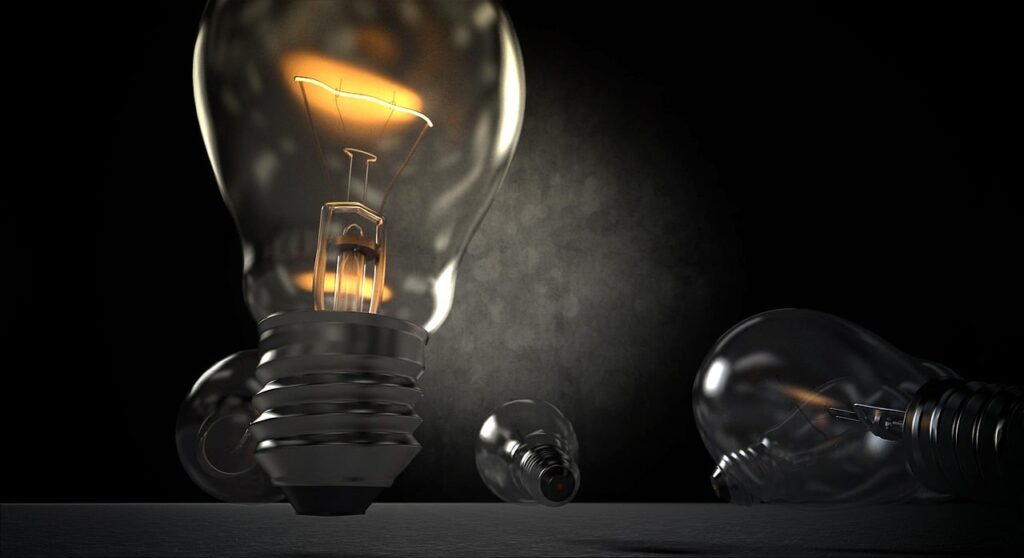In an age where climate change is accelerating and energy demands are rising, a just and inclusive approach to clean energy is no longer optional. Energy justice and clean energy equity aim to correct the deep-rooted disparities in energy access, cost burden, and environmental impact — especially in marginalized communities.
This movement focuses not just on reducing carbon emissions, but on ensuring that no one is left behind in the clean energy revolution.
Understanding Energy Justice and Clean Energy Equity
At its core, energy justice and clean energy equity are about fairness. They examine who has access to clean energy, who benefits from renewable infrastructure, and who suffers the consequences of fossil fuel dependence.
Energy justice is rooted in environmental justice, a movement that has long fought against pollution and environmental degradation in low-income and minority communities. Clean energy equity extends this concept by focusing on the fair distribution of benefits from solar panels, wind farms, electric vehicles, and green jobs.
Why Energy Justice and Clean Energy Equity Matter
Addressing Historical Inequalities
Communities of color and economically disadvantaged populations have often faced:
- Higher utility bills
- Greater exposure to air pollution
- Fewer clean energy programs and incentives
Energy justice and clean energy equity aim to redress these imbalances by providing targeted investments and inclusive policies.
Inclusive Participation
For a truly sustainable transition, local communities must have a seat at the table. Decision-making processes around energy planning, zoning for renewable infrastructure, and incentive programs need to include those most affected by energy poverty.
Promoting Energy Justice and Clean Energy Equity Through Policy
Federal and State Initiatives
Legislation like the U.S. Inflation Reduction Act allocates billions for clean energy projects in low-income areas. Some states have implemented their own policies:
- California’s Solar on Multifamily Affordable Housing (SOMAH)
- New York’s Climate Leadership and Community Protection Act (CLCPA)
These policies aim to embed energy justice and clean energy equity into the framework of climate resilience.
Community-Owned Energy Projects
Decentralized power systems — such as community solar — allow residents to collectively own and benefit from renewable energy installations. These initiatives help retain economic value within the community.
Energy Justice and Clean Energy Equity in Action
Rural Electrification and Tribal Lands
Many rural and Indigenous communities still lack reliable access to electricity. Organizations like GRID Alternatives partner with tribal nations to install off-grid solar and train local workers, embodying energy justice and clean energy equity at its finest.
Urban Heat and Energy Burdens
In cities, low-income neighborhoods often suffer from heat islands and inefficient housing. Programs that install energy-efficient appliances and subsidize utility costs help address both environmental and financial inequities.
Solar energy and climate change: The Global Impact
Challenges in Achieving Energy Justice and Clean Energy Equity
Funding and Investment Barriers
Accessing capital remains a challenge for small communities. Even with federal funding, administrative hurdles and lack of technical expertise can slow progress.
Resistance to Infrastructure Placement
Renewable energy projects can face opposition from local residents — sometimes even in underserved areas — due to concerns about aesthetics, land use, or misinformation.
Technology and Innovation Supporting Equity
Smart Grids and Energy Storage
Modernizing the grid with smart meters and distributed energy resources ensures more efficient power distribution and reduces outages in vulnerable neighborhoods.
AI and Data for Targeted Outreach
Data analytics help identify high-burden communities so that support and subsidies can be deployed where they’re needed most. This ensures energy justice and clean energy equity aren’t just theoretical ideals.
Read about global standards for energy equity
Educating the Public on Energy Justice and Clean Energy Equity
Raising awareness is crucial. Educational programs in schools, public webinars, and training centers can empower citizens to demand equitable energy policies and participate in green job opportunities.
Energy Justice and Clean Energy Equity: The Path Forward
The journey toward energy justice and clean energy equity requires consistent action from governments, corporations, and communities. As we move toward a net-zero future, we must ensure that clean energy is accessible, affordable, and empowering for everyone.
This means:
- Strengthening community partnerships
- Supporting inclusive policy development
- Investing in workforce training for underrepresented groups.
Conclusion: Powering a Future That Includes Everyone
The clean energy transition offers a unique opportunity to build a better, fairer world. But only if we take deliberate steps to ensure that the benefits are shared by all. By prioritizing energy justice and clean energy equity, we not only tackle the climate crisis but also uphold our responsibility to each other.
The power to create a just and sustainable future lies in our collective hands — and it starts with energy equity.




